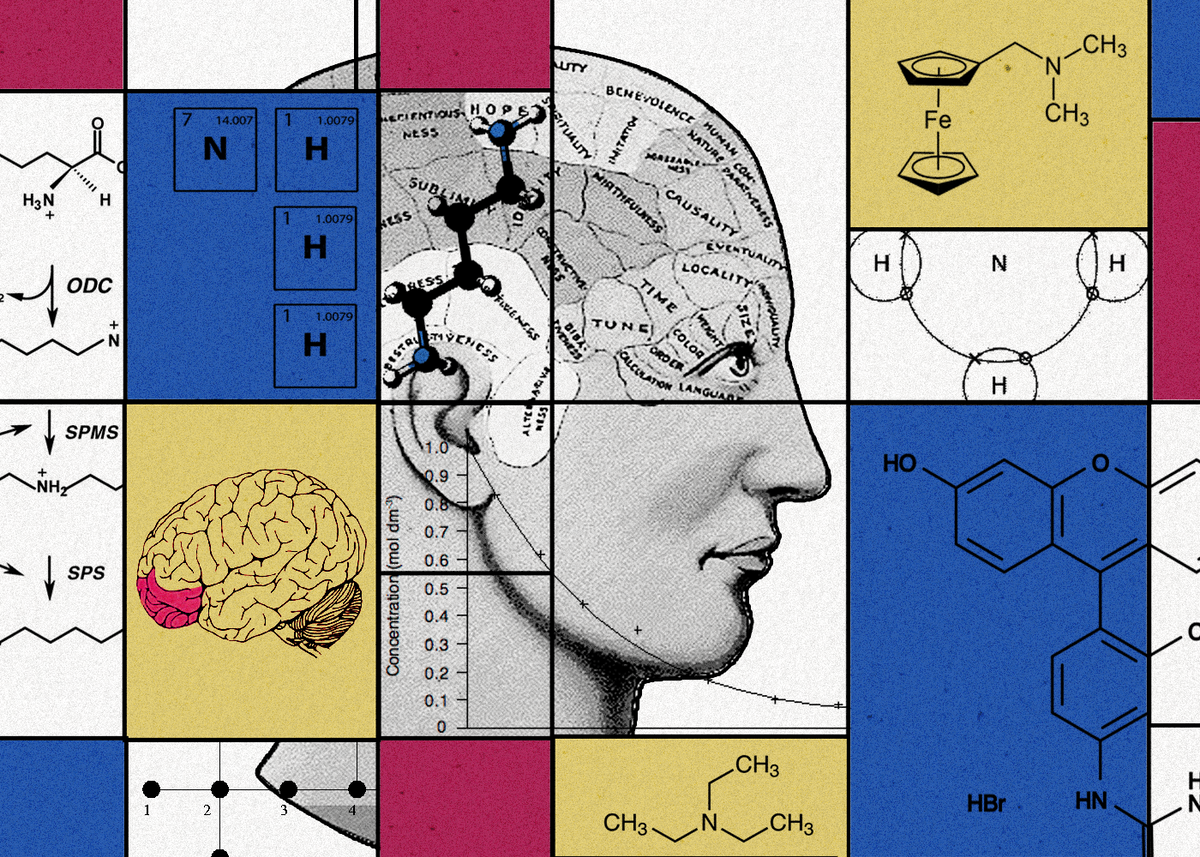Our sense of smell is an important, yet underappreciated biological function. Understanding its evolutionary and psychological purpose could help us appreciate the wealth of information it provides. By Melike Temizturk.
Of our five senses, smell is often considered the least important. In fact, a recent American study of 407 participants ranked it dead last, with a quarter choosing their phones over their ability to smell [1]. But is this really surprising? If we assign value to each sense based on the immediate information it provides us, most could naturally conclude that it is much less useful than sight, hearing, or even our phones. In actuality, the mechanism through which we smell, our olfactory system, is extremely sophisticated and can be very descriptive.
An exaggerated yet helpful example is the infamous ‘cyanide poisoning’ TV trope. The detective/amateur sleuth, upon entering the room where the victim died, will sniff obnoxiously for a few seconds before concluding that the cause of death was… cyanide poisoning. How have they come to this conclusion? The tell-tale smell of bitter almonds. This may seem ridiculous, but it does contain a kernel of truth.
For chemists especially, smell can be a powerful indicator of chemical composition. For example reagents such as ammonia solution, triethylamine and ferrocene dimethylaminomethyl all stink of rotten fish. From their names, it’s obvious that they all contain an amine group, which is a nitrogen bonded to carbons or hydrogens. As smell can be extremely subjective, more official spectroscopic methods could be used to confirm the presence of the amine. Yet, how could this functional group, which was different in each molecule, result in the same foul odour?
Some evolutionary biologists argue that this sensitivity to amines was developed because it was biologically useful. When proteins break down or decay, volatile amines like putrescine and cadaverine are released, which are closely associated with the ‘smell of death’. This could explain why, though our olfactory system has over 400 odour receptors, amines are detected by a completely different kind, the so-called trace amine-associated receptors (TAARs) [2][3].
Nevertheless, the olfactory mechanism for amines proceeds in the same way as any other odour. When we breathe in, billions of gaseous odorants rush into our nasal cavity to bind to our olfactory receptors. Depending on the strength of this interaction, an electrical impulse can be generated which travels along the nerve cells that project directly into the olfactory bulb in the brain. Here, the sensory information from the receptors can finally be processed.
The olfactory bulb has many connections to the limbic system, which is where our memory, behaviour, and emotions are regulated. This region contains three major structures, the amygdala, hippocampus and orbitofrontal cortex, which transform the generic olfactory input into an extremely personal response. As this is a highly subjective process, the activity beyond the bulb is still undergoing rigorous research.
If the electrical impulse propagates further along the olfactory tract, an emotional response from the amygdala can be elicited. The intensity of both the odour and emotion is determined by how unpleasant the smell is. Again, “unpleasantness” is a highly subjective criteria. To complicate this further, the situational context can also influence our perception. Do you really dislike the scent of a perfume, or do you dislike the person wearing it? All this information that seems external to the odour becomes intimately intertwined in the orbitofrontal cortex. Our hippocampus then solidifies this into our long-term memory for future reference.
Ultimately, it is this extreme degree of cognitive processing that makes ‘smell’ so abstract. Unlike our other senses, its stimuli is usually invisible, and its responses, smell, emotion, and memory, are difficult to define. They are nevertheless extremely valuable from an evolutionary and psychological perspective. Exciting studies have utilised artificial neural networks to elucidate the complete olfactory mechanism. In doing so, we could better understand serious disorders like depression and schizophrenia and improve our treatments.
References:
- Herz RS, Bajec MR. Your Money or Your Sense of Smell? A Comparative Analysis of the Sensory and Psychological Value of Olfaction. Brain Sci. 2022; 12(3):299.
- Trimmer C, Keller A, Murphy NR, Snyder LL, Willer JR, Nagai MH, et al. Genetic variation across the human olfactory receptor repertoire alters odor perception. Proceedings of the National Academy of Sciences. 2019; 116(19):9475–80.3.
- Liberles SD. Trace amine-associated receptors: ligands, neural circuits, and behaviors. Curr Opin Neurobiol. 2015; 34:1–7.





